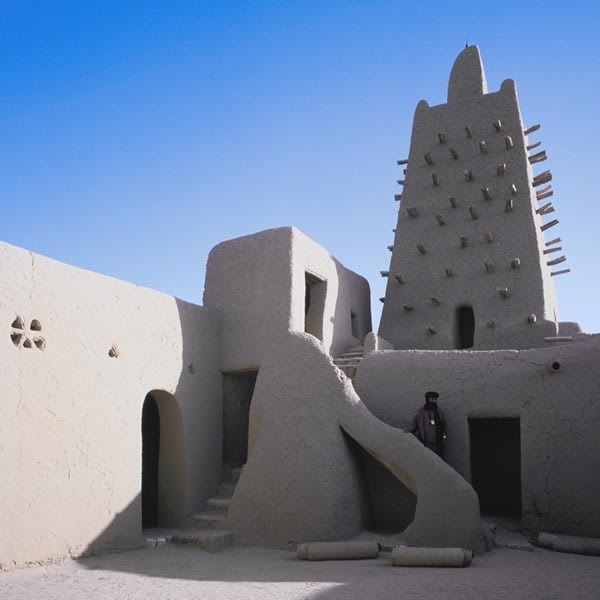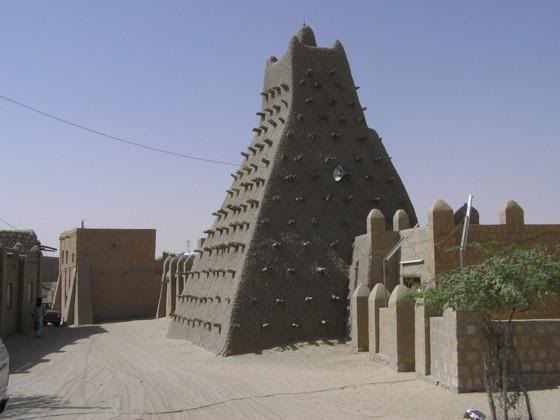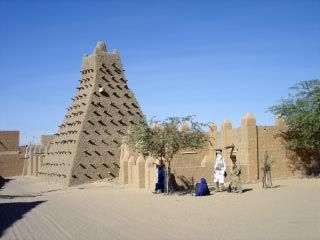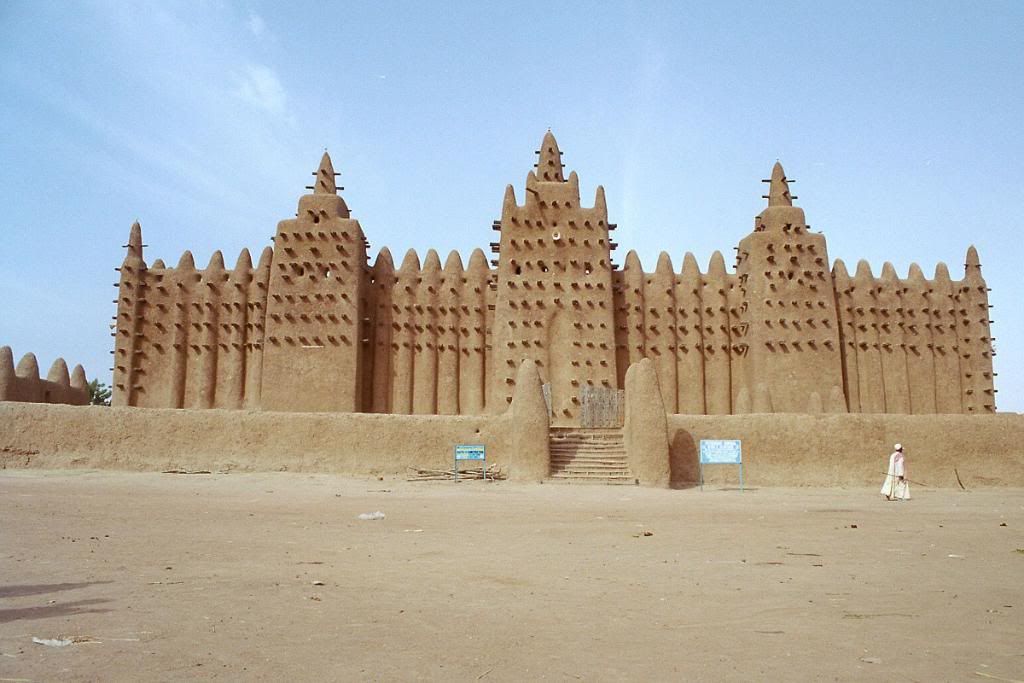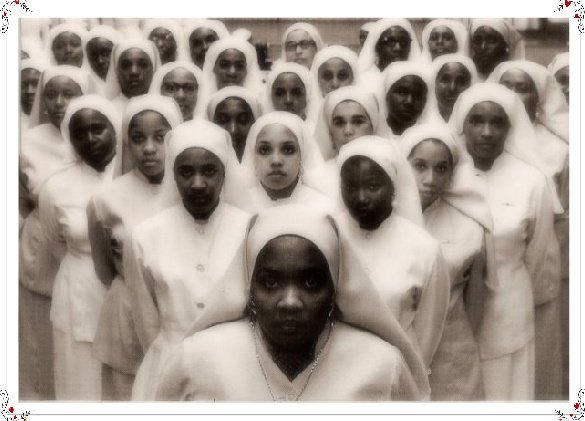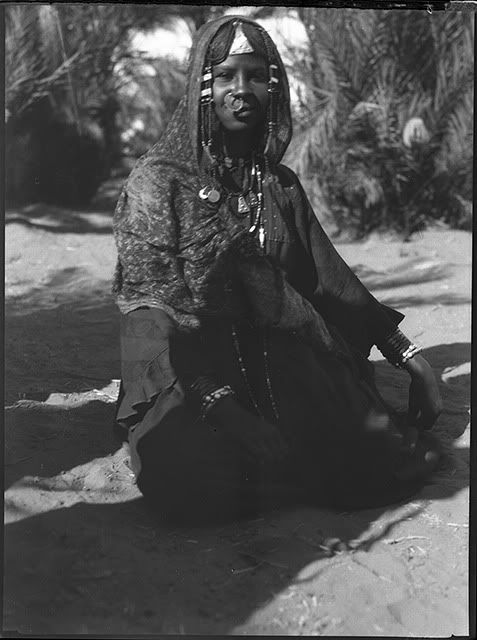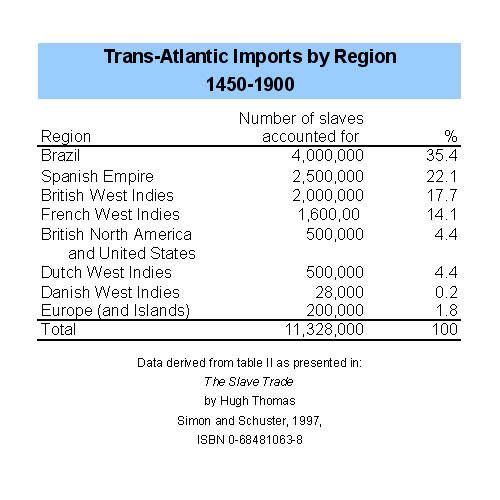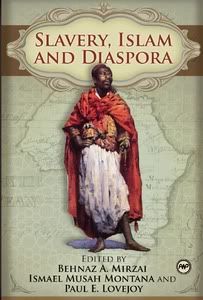
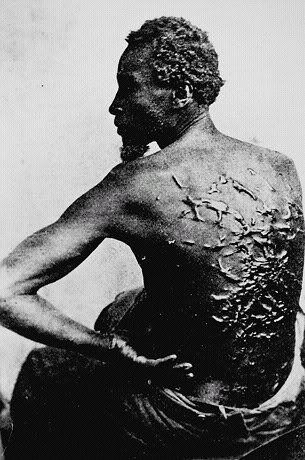

Shem Hotep ("I go in peace").

Lies My Teacher Told Me:
Everything Your American History Textbook Got Wrong.
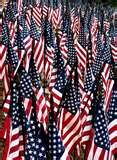
Lies My Teacher Told Me:
Everything Your American History Textbook Got Wrong
by James W. Loewen. Simon & Schuster.
Note: The following are notes from the above book. I found the book seminal, eye-opening, life-changing. I recommend that you buy and read the entire book. Only by reading the entire book will you get the whole picture. The following quotes, I hope, will whet your appetite. --Colby Glass
"..the teaching of history, more than any other discipline, is dominated by textbooks... the books are boring... [they] exclude conflict or real suspense. They leave out anything that might reflect badly upon our national character" (13).
Helen Keller
"Keller.. never wavered in her belief that our society needed radical change.. she helped found the American Civil Liberties Union to fight for the free speech of others. She sent $100 to the NAACP with a letter of support... She supported Eugene V. Debs, the Socialist candidate, in each of his campaigns for the presidency..
"One may not agree with Helen Keller's positions. her praise of the USSR now seems naive, embarrasing, to some even treasonous. But she was a radical--a fact few Americans know.." (22).
Woodrow Wilson
".. two antidemocratic policies that Wilson carried out: his racial segregation of the federal government and his military interventions in foreign countries" (23).
"Under Wilson, the United States intervened in Latin America more often than at any other time in our history.. In 1917 Woodrow Wilson.. started sending secret monetary aid to the "White" side of the Russian civil war... This aggression fueled the suspicions that motivated the Soviets during the Cold War..." (23-4).
"..Wilson's interventions in Cuba, the Dominican Republic, Haiti, and Nicaragua set the stage for the dictators Batista, Trujillo, the Duvaliers, and the Somozas.." (24).
"He was an outspoken white supremacist--his wife was even worse--and told "darky" stories in cabinet meetings" (27).
"Spurred by Birth of a Nation, William Simmons of Georgia reestablished the Ku Klux Klan. The racism seeping down from the White House encouraged this klan.." (28).
"Wilson was not only antiblack; he was also far and away our most nativist president, repeatedly questioning the loyalty of those he called "hyphenated Americans"" (29).
"To oppose America's participation in World War I, or even to be pessimistic about it, was dangerous. The Creel Committee... After World War I, the Wilson administration's attacks on civil liberties increased, now with anticommunism as the excuse. Neither before nor since these campaigns has the United States come closer to being a police state" (30).
"Because heroification prevents textbooks from showing Wilson's shortcomings, textbooks are hard pressed to explain the results of the 1920 election. James Cox, the Democratic candidate who was Wilson's would-be successor, was crushed by the nonentity Warren G. Harding, who never even campaigned. [It was] the biggest landslide in the history of American presidential politics" (31).
"Could it be that we don't want to think badly
of Woodrow Wilson... We don't want complicated icons.
"People do not like to think. If one thinks, one must
reach conclusions," Helen Keller pointed out.
"Conclusions are not always pleasant"" (35).
Christopher Columbus
Columbus discovered America and proved that the earth was not flat... Right?
We tend to "underplay previous explorers" (39). There were probably 15 or more individuals and groups that "discovered" and settled America before Columbus.
"Even if Columbus had never sailed, other Europeans would have soon reached the Americas... Columbus's voyage.. was epoch-making because of the way in which Europe responded" (39).
"The changes in Europe not only prompted Columbus's voyage.. they also paved the way for Europe's domination of the world for the next five hundred years. Except for the invention of agriculture, this was probably the most consequential development in human history" (41-2).
"..new and more deadly forms of smallpox and bubonic plague had arisen in Europe.. Passed on to those the Europeans met, these diseases helped Europe conquer the Americas and, later, the islands of the Pacific" (44).
"Columbus claimed everything he saw right off the boat. When textbooks celebrate this process, they imply that taking the land and dominating the indians was inevitable if not natural" (44).
"Most important, [Columbus's] prupose from the beginning was not mere exploration or even trade, but conquest and exploitation, for which he used religion as a rationale. If textbooks included these facts, they might induce students to think intelligently about why the West dominates the world today" (45).
Washington Irving created the lie that people thought the earth was flat until Columbus proved that it was round (57).
What is the real significance of Columbus's reaching the Americas? What made his trip different than the fifteen discoverers who preceded him?
"Christopher Columbus introduced two phenomena that revolutionized race relations and transformed the modern world: the taking of land, wealth, and labor from indigenous peoples, leading to their near extermination, and the transatlantic slave trade, which created a racial underclass" (60).
"When Columbus and his men returned to Haiti in 1493, they demanded food, gold, spun cotton--whatever the Indians had that they wanted, including sex with their women. To ensure cooperation, Columbus used punishment by example. When an Indian committed even a minor offense, the Spanish cut off his ears or nose" (61).
"..attempts at resistance gave Columbus an excuse to make war... For this he chose 200 foot soldiers and 20 cavalry, with many crossbows and small cannon, lances, and swords, and a still more terrible weapon against the Indians, in addition to the horses: this was 20 hunting dogs, who were turned loose and immediately tore the Indians apart" (61).
"Columbus.. initiated a great slave raid. They rounded up 1,500 Arawaks, then selected the 500 best specimines (of whom 200 would die en route to Spain. Another 500 were chosen as slaves for the Spaniards staying on the island" (62).
"Spaniards hunted Indians for sport and murdered them for dog food. Columbus, upset because he could not locate the gold he was certain was on the island, set up a tribute system... The Indians all promised to pay tribute.. every three months... With a fresh token, an Indian was safe for three months, much of which time would be devoted to collecting more gold... the Spanish punished those whose tokens had expired: they cut off their hands" (62).
"Columbus installed the encomienda system, in which he granted or "commended" entire Indian villages to individual colonists or groups of colonists... On Haiti the colonists made the Indians mine gold for them, raise Spanish food, and even carry them everywhere they went" (63). An Spanish observer wrote that "As a result of the sufferings and hard labor they endured [under this virtual slavery], the Indians choose and have chosen suicide. Occasionally a hundred have committed mass suicide. The women, exhausted by labor, have shunned conception and childbirth... Many, when pregnant, have taken something to abort and have aborted. Others after delivery have killed their children with their own hands, so as not to leave them in such oppressive slavery"" (63).
"Estimates of Haiti's pre-Columbian population range as high as 8,000,000 people... a census of Indian adults in 1496.. came up with 1,100,000... "By 1516," according to Benjamin Keen, "thanks to the sinister Indian slave trade and labor policies initiated by Columbus, only some 12,000 remained." Las Casas tells us that fewer than 200 Indians were alive in 1542. By 1555, they were all gone" (63).
".. one of the primary instances of genocide in all human history" (64).
"Columbus not only sent the first slaves across the Atlantic, he probably sent more slaves--about five thousand--than any other individual... other nations rushed to emulate Columbus" (64).
"As soon as the 1493 expedition got to the Caribbean, before it even reached Haiti, Columbus was rewarding his lieutenants with native women to rape. On Haiti, sex slaves were one more perquisite that the Spaniards enjoyed. Columbus wrote a friend in 1500, "... it is very general and there are plenty of dealers who go about looking for girls; those from nine to ten are now in demand"" (65).
"Columbus is not a hero in Mexico... Why not? Because Mexico is also much more Indian than the United States, and Mexicans perceive Columbus as white and European. "No sensible Indian person," wrote George P. Horse Capture, "can celebrate the arrival of Columbus." Cherishing Columbus is a characteristic of white history, not American history" (70).
"The worshipful biographical vignettes of Columbus in our textbooks serve to indoctrinate students into a mindless endorsement of colonialism... the Columbus myth allows us to accept the contemporary division of the world into developed and underdeveloped spheres as natural and given, rather than a historical product issuing from a process that began with Columbus's first voyage" (70).
Thanksgiving
The Thanksgiving myth is that the Pilgrims settled the United States in 1620. They had to fight off indians repeatedly.
"Few Americans know that one-third of the United States, from San Francisco to Arkansas to Natchez to Florida, has been Spanish longer than it has been "American," and that Hispanic Americans lived here before the first ancestor of the Daughters of the American Revolution ever left England" (77). British and French fisherman, landing in Massachusetts for fresh water and supplies in 1617, brought the plague to the American indians. "Within three years the plague wiped out between 90 percent and 96 percent of the inhabitants of coastal New England... Unable to cope with so many corpses, the survivors abandoned their villages" (81).
What the Pilgrims found were settled farms, with the crops already planted and growing, deserted by Indians fleeing the plague. The Pilgrims "found it easy to infer that God was on their side. John Winthrop, governor of the Massachusetts Bay Colony, called the plague "Miraculous"" (81).
"These epidemcs probably constituted the most important geopolitical event of the early seventeenth century. Their net result was that the British, for their first fifty years in New England, would face no real Indian challenge" (81).
The plagues "continued west, racing in advance of the line of culture contact... Disease played the same crucial role in Mexico and Peru as it did in Massachusetts... When the Spanish marched into Tenochtitlan [now Mexico City], there were so many bodies [dead from the plague] that they had to walk on them" (82-3).
"..the population of the Americas [was] one hundred million in 1492.. Europe had only about seventy million people when Columbus set forth. The Europeans' advantages in military and social technology might have enabled them to dominate the Americas.. but not to "settle" the hemisphere. For that, the plague was required" (83).
".. the land was, in reality, not a virgin wilderness, but recently widowed" (84).
We also tend, in favor of the Pilgrims, to ignore Jamestown which was settled first. "Historians could hardly tout Virginia... The Virginians' relations with the Indians were particularly unsavory...the early Virginians engaged in bickering, sloth, even cannibalism. They spent their early days digging random holes in the ground, haplessly looking for gold instead of planting crops. Soon they were starving and digging up putrid Indian corpses to eat or renting themselves out to Indian families as servants" (89-90).
"..the Pilgrims hardly "started from scratch" in a "wilderness." Throughout southern New England, Native Americans had repeatedly burned the underbrush, creating a parklike environment... They chose Plymouth because of its beautiful cleared fields, recently planted in corn, and its useful harbor and "brook of fresh water." It was a lovely site for a town. Indeed, until the plaque, it had been a town.." (90). One of the first things the Pilgrims did was go through the town, looting the possessions of the Indians. "..the Pilgrims continued to rob graves for years" (91).
"More than any other celebration.. Thanksgiving celebrates our ethnocentrism... God on our side, civilization wrested from wilderness, order from disorder, through hard work and good Pilgrim character traits" (93).
Native Americans
"Historically, American Indians have been the most lied-about subset of our population" (99).
Did Europeans "civilize" the Americas? Actually, anthropologists tell us that "hunters and gatherers were relatively peaceful, compared to agriculturalists, and that modern societies were more warlike still. Thus violence increases with civilization" (101-2).
"..textbooks cannot resist contrasting "primitive" Americans with modern Europeans" (102).
"In what ways do we prefer the civilized Third Reich to the more primitive Arawak nation that Columbus encountered? If we refuse to label the Third Reich civilized, are we not using the term to imply a certain comity? If so, we must consider the Arawaks civilized, and we must also consider Columbus and his Spaniards primitive is not savage" (102).
"Europeans persuaded Natives to specialize in the fur and slave trades. Native Americans were better hunters and trappers than Europeans, and with the guns the Europeans sold them, they became better still. Other Native skills began to atrophy" (103).
"..because whites "demanded institutions reflective of their own with which to relate," many Native groups strengthened their tribal governments... New confederations and nations developed.. The tribes also became more male- dominated, in imitation of Europeans.. [there was] an escalation of Indian warfare... [the slave trade helped] to deagriculturize Native Americans. To avoid being targets for capture, Indians abandoned their cornfields and their villages" (105-6).
"Europeans did not "civilize" or "settle" roaming Indians, but had the opposite impact" (107).
"..from the start in Virginia.. settlers fled to Indian villages rather than endure the rigors of life among the autocratic English. Indeed, many white and black newcomers chose to live an Indian lifestyle... some Natives chose to live among whites.. The migration was mostly the other way, however.. Europeans were always trying to stop the outflow. Hernando De Soto had to post guards to keep his men and women from defecting to Native societies... right up to the end of independent Indian nationahood in 1890, whites continued to defect, and whites who lived an Indian lifestyle, such as Daniel Boone, became cultural heroes in white society" (109).
"Not one American history textbook mentions the attraction of Native societies to European Americans and African Americans" (109).
"According to Benjamin Franklin, "All their government is by Counsel of the Sages. There is no Force; there are no Prisons, no officers to compel Obedience, or inflict Punishment." Probably foremost, the lack of hierarchy in the Native socieites in the eastern United States attracted the admiration of European observers. Frontiersmen were taken with the extent to which Native Americans enjoyed freedom as individuals. Women were also accorded more status and power.. than in white societies of the time" (109-110).
Lt. Gov. Cadwallader Colden of New York in 1727 said, "Here we see the natural Origin of all Power and Authority among a free People" (110).
"After Col. Henry Bouquet defeated the Ohio Indians at Bushy Run in 1763, he demanded the release of all white captives. Most of them, especially the children, had to be "bound hand and foot" and forcibly returned to white society" (110).
"Indeed, Native American ideas may be partly responsible for our democratic institutions. We have seen how Native ideas of liberty, fraternity, and equality found their way to Europe to influence social philosophers such as Thomas More, Locke, Montaigne, Montesquieu, and Rousseau... Through 150 years of colonial contact, the Iroquois League stood before the colonies as an object lesson in how to govern a large domain democratically" (111).
"Both the Continental Congress and the Constitutional Convention referred openly to Iroquois ideas and imagery... As a symbol of the new United States, Americans chose the eagle clutching a bundle of arrows. They knew that both the eagle and the arrows were symbols of the Iroquois League... John Mohawk has argued that American Indians are directly or indirectly responsible for the public-meeting tradition, free speech, democracy, and "all those things which got attached to the Bill of Rights." Without the Native example, "do you really believe that all those ideas would have found birth among a people who had spent a millennium butchering other people because of intolerance of questions of religion?"" (111-112).
"For a hundred years after our Revolution, Americans credited Native Americans as a source of their democratic institutions... When colonists took action to oppose unjust authority, as in the Boston Tea Party.. they chose to dress as Indians, not to blame Indians for the demonstrations but to appropriate a symbol identified with liberty" (112).
"Indian warfare absorbed 80 percent of the entire federal budget during George Washington's administration and dogged his successors for a century as a major issue and expense... [in many cases] the settlers were Native American, the scalpers white" (116).
"All the textbooks tell how Jefferson "doubled the size of the United States by buying Louisiana from France." Not one points out that it was not France's land to sell--it was Indian land... Indeed, France did not really sell Louisiana for $15,000,000. France merely sold its claim to the territory... Equally Eurocentric are the maps textbooks use to show the Lewis and Clark expedition. They make Native American invisible, implying that the United States bought vacant land from the French... [Textbooks imply that the Indians were naive about land ownership, but] the problem lay in whites' not abiding by accepted concepts of land ownership" (123).
"The most important cause of the War of 1812.. was land-- Indian land... The United States fought five of the seven major land battles of the War of 1812 primarily against Native Americans... [a] result of the War of 1812 was the loss of part of our history. A century of learning [from Native Americans] was coming to a close... until 1815 the word Americans had generally been used to refer to Native Americans; after 1815 it meant European Americans... Carleton Beals has written that "our acquiescence in Indian dispossession has molded the American character." ... destroyed our national idealism. From 1815 on, instead of spreading democracy, we exported the ideology of white supremacy. Gradually we sought American hegemony over Mexico, the Philippines, much of the Caribbean basin, and, indirectly, over other nations... We also have to admit that Adolf Hitler displayed more knowledge of how we treated Native Americans than American high schoolers who rely on their textbooks. Hitler admired our concentration camps for Indians in the west "and often praised to his inner circle the efficiency of America's extermination--by starvation and uneven combat" as the model for his extermination of Jews and Gypsies" (123-126).
Yet we "still stereotype Native Americans as roaming primitive hunting folk, unfortunate victims of progress" (132).
For more on this topic, read Helen Hunt Jackson's famous indictment of Native American policies, A Century of Dishonor.
Also, see her fictional account of the racism Mexicans and Indians both endured at the hands of White and Mexican settlers, Ramona.
Invisibility of Racism
"Americans seem perpetually startled at slavery. Children are shocked to learn that George Washington and Thomas Jefferson owned slaves... Very few adults today realize that our society has been slave much longer than it has been free.. The first colony to legalize slavery was not Virginia but Massachusetts.. Wall Street was the marketplace where owners could hire out their slaves by the day or week" (142).
"Textbooks canonize Patrick Henry for his "Give me liberty or give me death" speech. Not one tells us that eight months after delivering the speech he ordered "diligent patrols" to keep Virginia slaves from accepting the British offer of freedom to those who would join their side" (146).
"..slavery and its concomitant ideas, which legitimated hierarchy and dominance, saped our Revolutionary idealism. Most textbooks never hint at this clash of ideas, let alone at its impact on our foreign policy" (149).
"For our first seventy years as a nation.. slavery made our foreign policy more sympathetic with imperialism than with self-determination" (152).
"Slavery was also perhaps the key factor in the Texas War (1835-36). The freedom for which Davy Crockett, James Bowie, and the rest fought for at the Alamo was the freedom to own slaves!" (151).
Racism became dominant in the United States between 1890 and 1920 "when African Americans were again put back into second-class citizenship... In the 1880s and 1890s minstrel shows featuring bumbling, mislocuting whites in blackface grew wildly popular from New England to California. By presenting heavily caricatured images of African Americans who were happy on the plantation and lost and incompetent off it, these shows demeaned black ability" (160-164).
"In politics, the white electorate had become so racist by 1892 that the Democratic candidate, Grover Cleveland, won the White House partly by tarring Republicans with their attempts to guarantee civil rights to African Americans" (164).
"Aided by Birth of a Nation, which opened in 1915, the Ku Klux Klan rose to its zenith, boasting over a million members. The KKK openly dominated the state government of Indiana for a time, and it proudly inducted Pres. Warren G. Harding as a member in a White House ceremony... the 1921 riot in Tulsa, Oklahoma, in which whites dropped dynamite from an airplane onto a black ghetto, killing more than 75 people and destroying more than 1,100 homes.. Some small communities in the Midwest and West became "sundown" towns, informally threatening African Americans with death if they remained overnight" (165). [I got an email from Rachel Chinnock, who wished to clarify the facts about the Tulsa riots. Here is what she said: "I lived in Tulsa and did a bit of research on this tragic event and wish to make only one correction to your current text. The area upon which white supremacists and KKK members dropped dynamite was not a “black ghetto” but rather one of the most sophisticated black areas at that time (and, arguably, the most sophisticated community in the state of Oklahoma at that time) known as “Black Wall Street” or now the “Greenwood District.” Here, they were well-dressed, highly-educated, wealthy, and mannerly. Business flourished, with black-owned stores, cinemas, pharmacies, airport, banks, libraries, schools, etc."]
"..race relations in the United States systematically worsened for almost half a century." Most textbooks state that "Jackie Robinson was "the first black baseball player ever allowed in the major leagues."" But he wasn't. Students are given "the unmistakable [impression] of generally uninterrupted progress to the present" (167).
"The notion of progress suffuses textbook treatments of black-white relations, implying that race relations have somehow steadily improved on their own. This cheery optimism only compounds the problem, because whites can infer that racism is over" (169).



